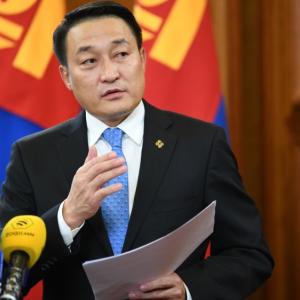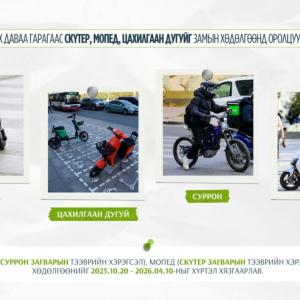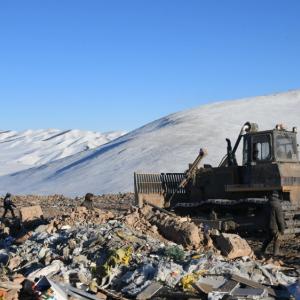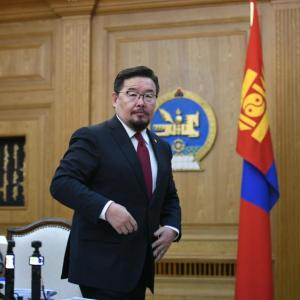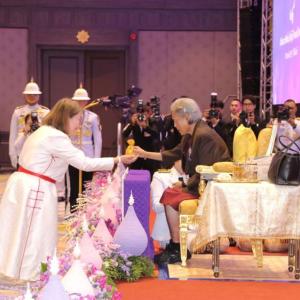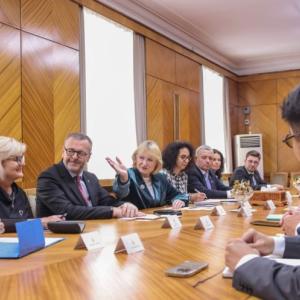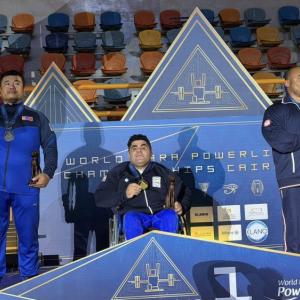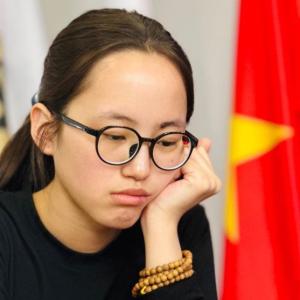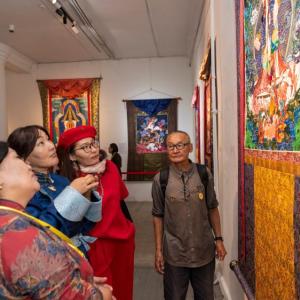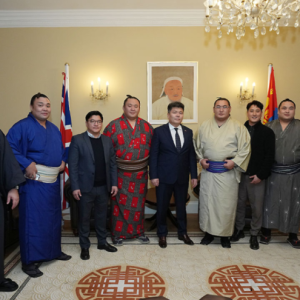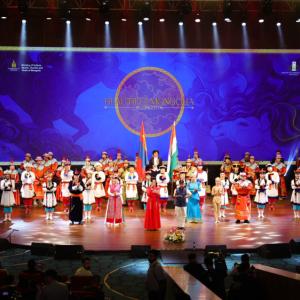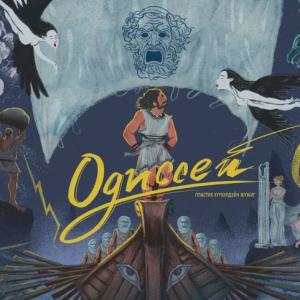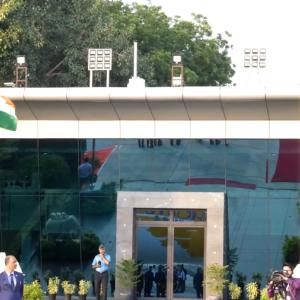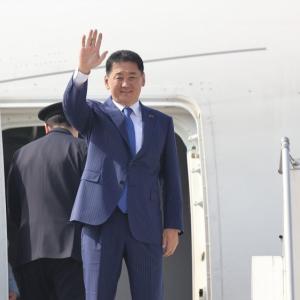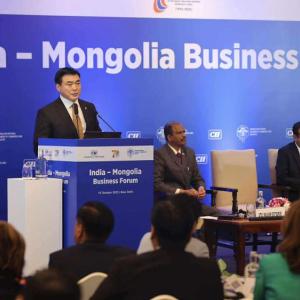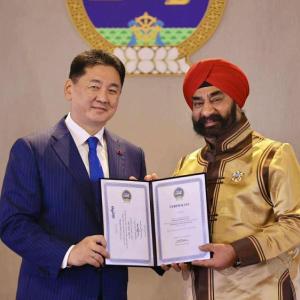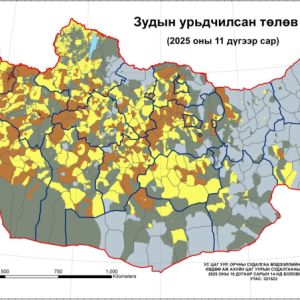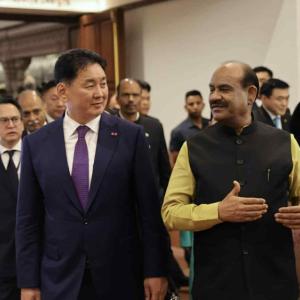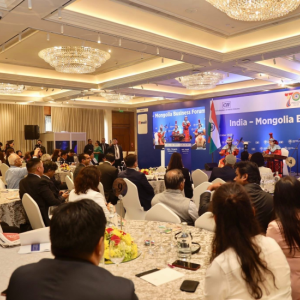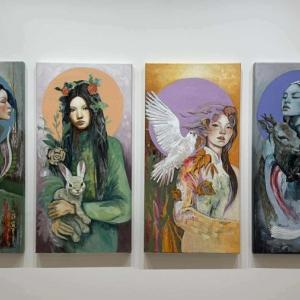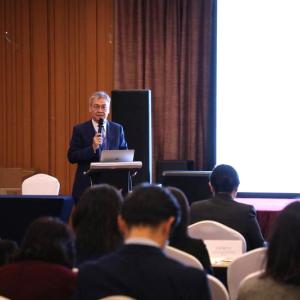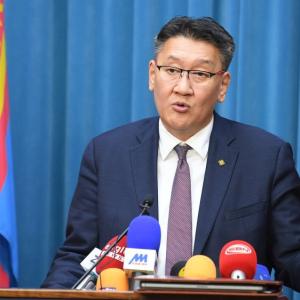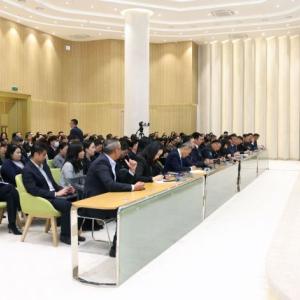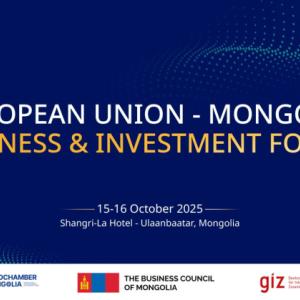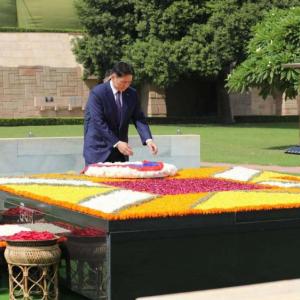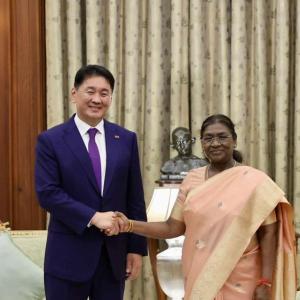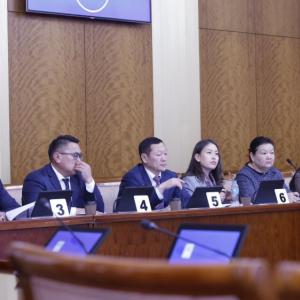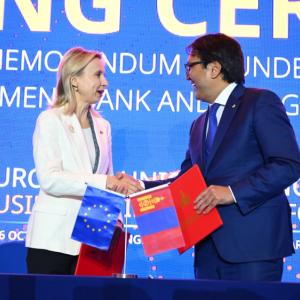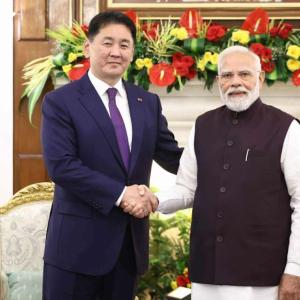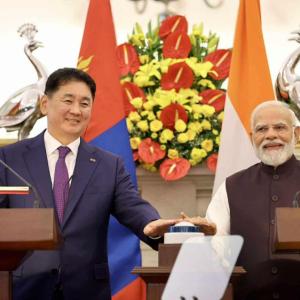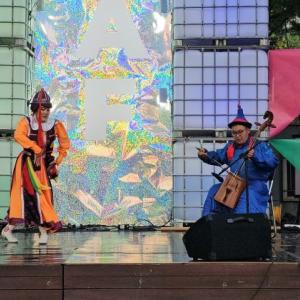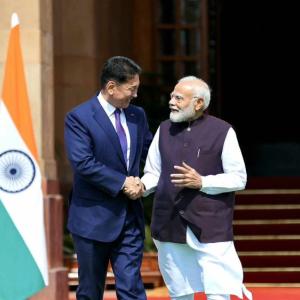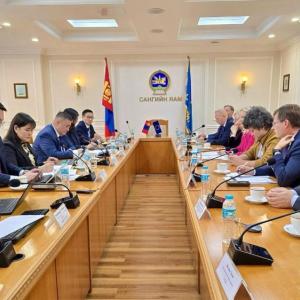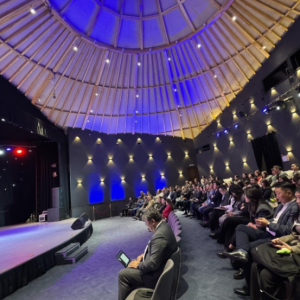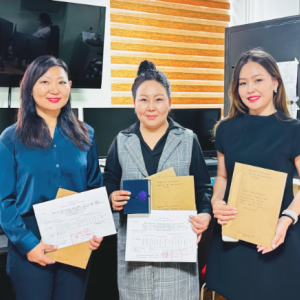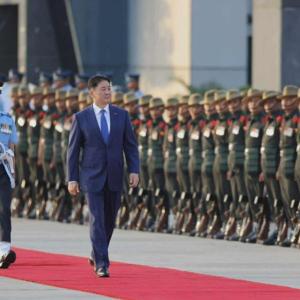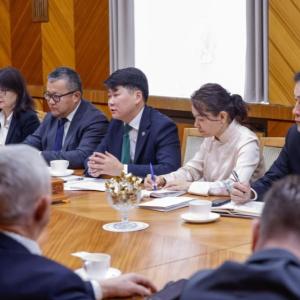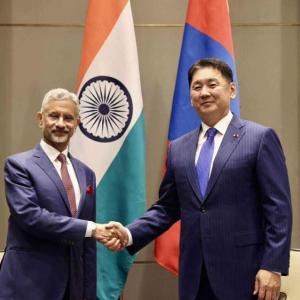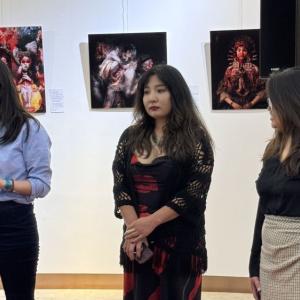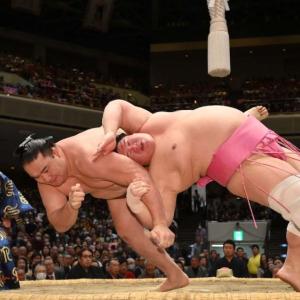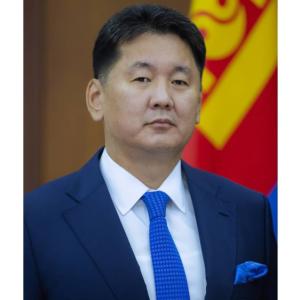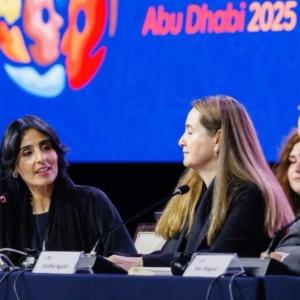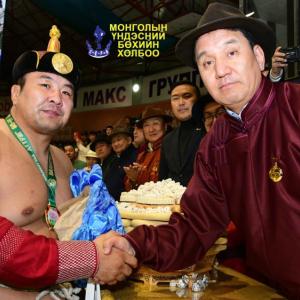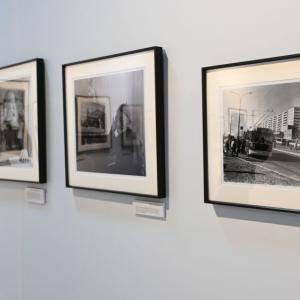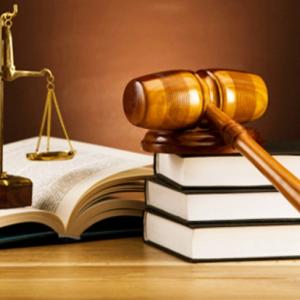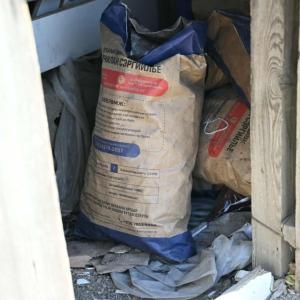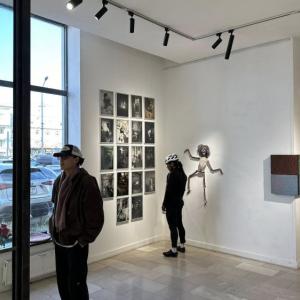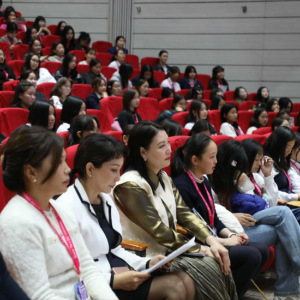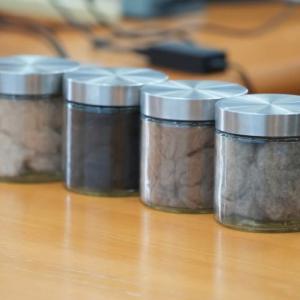A journey through the world’s history of finance
The Mongol Messenger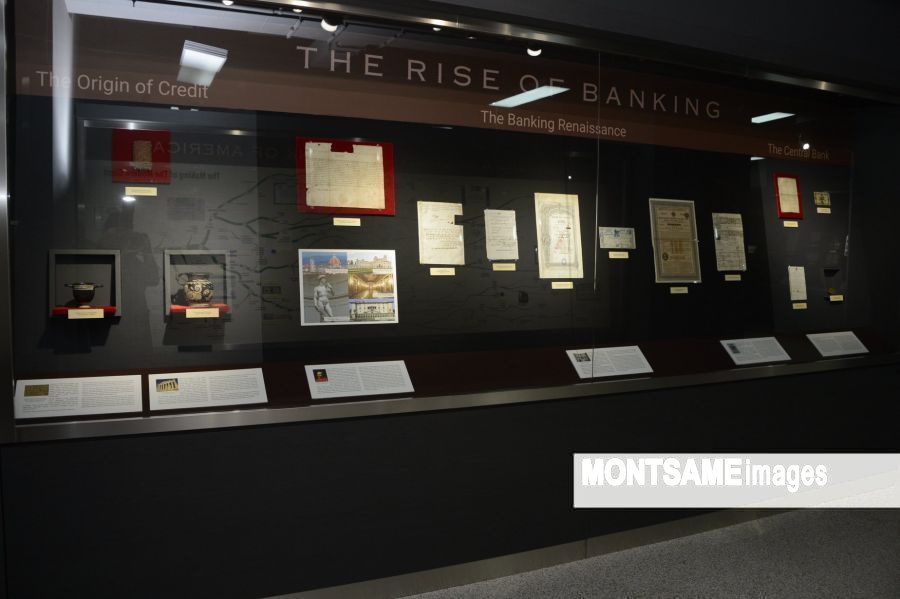
Ulaanbaatar /MONTSAME/. The credit card we use for our daily lives was first invented as a Charge Coin in the late 19th century.
In 1928, it came out to the market by the name Charge Plate. The card was used among only the trustworthy customers of certain shops and was unaccepted in other places. The card holder had to manually copy the card information and then receive the money by sending invoice. The bank credit card we use today was introduced later in 1958.

Photo: First credit card Charge Coin
These all can be known in the World Financial History Museum located on the 2nd floor of the ICC Tower. Manager of the Museum G.Batzul introduced the museum.

A Museum originated from “Financial Education” program
-Where did the idea to establish a museum come from?
-Museum was first opened in Golomt Bank in 2016. The bank was conducting a program “Customer’s Financial Education” at that time. The museum was opened to the public, saying that it would be better for them to get information physically than reading them on papers. Generally speaking, the idea to establish this museum came from this program. As you know, our director U.Ganzorig, has been conducting various trainings, workshops, programs etc. to improve people’s financial education since 2003. He concluded that financial and economic knowledge would be easier to be explained to the youth and people based on historical facts. Then he started collecting rare and precious items related to the world financial history.
-How many exhibits does the Museum contain?
-There are over 10.000 original, historical and unique exhibits, of which 300 of them considered as unique exhibits. The museum is presenting entire global financial history and financial system by dividing the exhibits into six interconnected sections: Money, Banks, Insurance, Payment instruments, Capital Markets and Economics.

Photo: England’s first fire insurance mark
-Could you show some of the rarest and most important exhibits?
-The most important
exhibit in our Museum is Kublai Khan’s payment instrument Chao. This was the
first national paper money. He played a vital role in distributing paper money
in China when he took Tang Empire. He
made Chao to be used to do trade and pay salaries of soldiers. Therefore,
Kublai Khan’s role in paper money history is immeasurable.
There is also a world’s first insurance text book. Portuguese Consular to Florence Pedro de Santarem wrote the world’s first insurance text book in 1552 by studying Florence’s insurance system. In this book which the cover is made of calf skin covers all the basic principles of the insurance business.

Photo: The first insurance text book, 1554.

Also there is a genealogy of the Bank of America which was established in 1791. It unveils the products which developed over 200 years belong to 340 banks.
-How many these types of museums are there internationally?
-There are many. However, there is no museum in the world that covers the entire financial history like ours. The museum was established based on our visit to the British Museum for studying the museum standards. The exhibits of the Museum are placed in historical orders.
He said, “Our museum became the member of the International Federation of Finance Museums (IFFM). Now we are aiming to become the member of the World Association of Finance Museums. Students can use the museum’s exhibits as reference for their research works.
Pioneer’s Museum
This is how this museum can be named. Because the museum consists of the exhibits: world's first coin money, the oldest fiat currency, original euro bonds, first life insurance company documents, original insurance textbooks, stock, payment card etc. that are related to the historical events.

The museum also contains exhibits related to the history of world-class geniuses particularly Genghis, Kublai, Alexander of Macedonia, Julius Caesar, Adam Smith, Karl Marx, etc. Moreover, the museum reveals the original signed documents of the world’s first bank Medici, the investment bank of Rothschild, the father of monopoly Rockefeller, economist Milton Friedman etc.

The founder of the museum, economist U.Ganzorig has collected these rare exhibits for 13 years from all over the world by participating to international auctions and buying from reputable collectors etc.
When he first came up with the idea to establish a museum, he studied from the world’s first coin to the entire history of world’s finance and money. Before the first coin was used, humankind used another type of money in B.C. He found out that shell money and world’s money coincided at same period while he was studying. This led him to start his own journey to explore what he read in the history. In particular, he also found out that the same type of money was used in 500-40 B.C and in 1046 B.C around China and Mediterranean. This historical finding trace back to 3000 B.C that shows Asia and Europe were connected at that time.


Photo: Property owning ticket (pink and blue) Mongolia, 1992.

There is a common
understanding that the first banks were established in America and England. But
the world’s first bank was founded around 1500 in Italy. At that time, wealthy
banker named Medici founded the bank aiming to provide the poor with reliable
financial resources and improve their lives. Now, Medici bank became the
world’s largest bank with over 240 thousand employees and 300 thousand
branches. This is also one of his findings after all his researches and studying
that you can see in this museum.
 Ulaanbaatar
Ulaanbaatar






